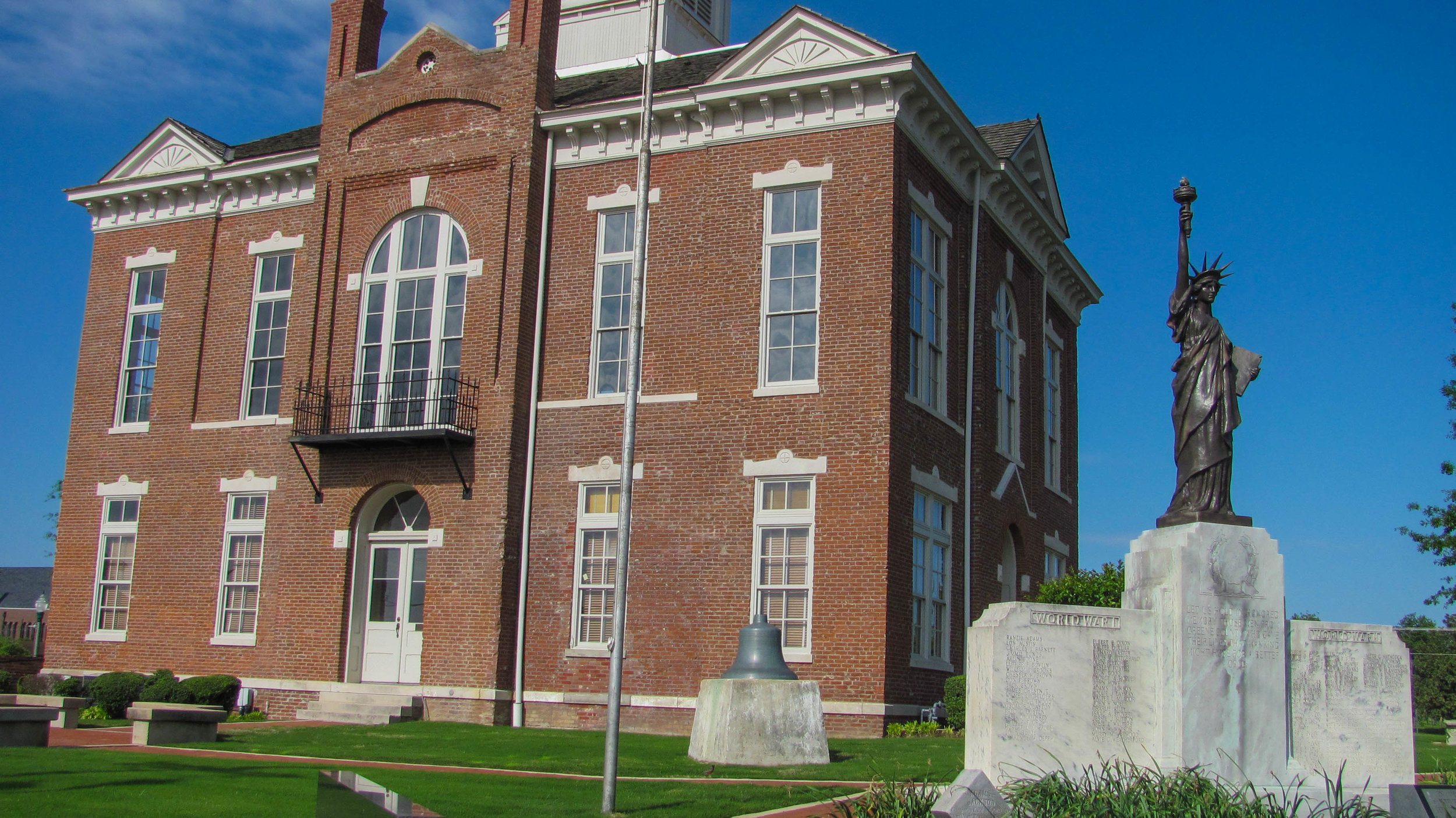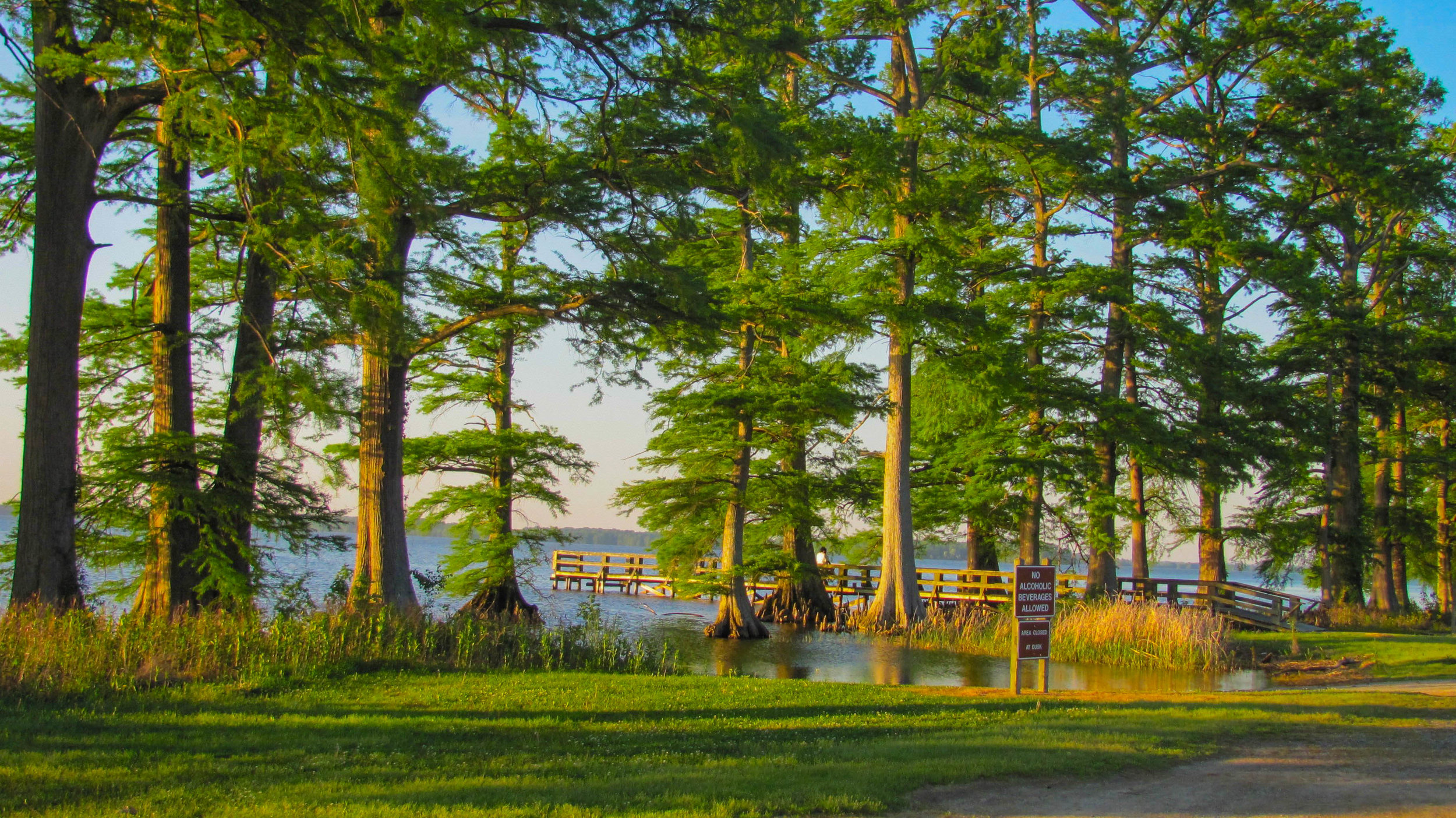County Road 516
Kennett, MO
573-290-5730
The white antebellum Hunter-Dawson Home State Historic Site is a stately antebellum plantation home built for one of New Madrid’s wealthy and influential families. William Washington Hunter, a Virginian, moved to the area in 1830. Hunter connected himself with one of the city’s successful businessmen, Robert Watson, and became a wealthy merchant, farmer, real estate investor, and business man himself. Hunter acquired a large section of land north of the town and it was here that he chose the setting for his new home among the giant oaks and gum trees, many of which remain today. The Hunter-Dawson house is a two-story, 15-room frame structure of an eclectic style with Georgian, Greek Revival, and Italianate influences. The lumber used in the house is mostly yellow cypress, which local and family tradition states came from a nearby sawmill owned by Hunter. The labor during construction was furnished by Hunter's own slaves and by area craftsmen.
William Hunter passed away while the home was under construction, and his wife, Amanda, completed the house and raised their seven children on the large estate. As the property passed to her descendants, Amanda’s son-in-law, William Dawson, retained the family’s reputation by serving in public office locally, and as a Missouri and United States legislator, as well as maintaining the farmland associated with the property.
During the Civil War the mansion may have been involved in the Battle of New Madrid in 1862. Local tradition has the home as headquarters for Brigadier General John Pope and the Union Army in March of 1862. Pope’s forces arrived in New Madrid in early March but his army did camp north of town, on what may have been Amanda’s land. Memoirs from William Dawson Jr. reference Pope’s occupation of his grandmother’s property, which resulted in “no serious damage to the house.” Another entry states that “General Pope seized the home for his headquarters, keeping their ammunition on adjoining Hunter farm. The General ordered Mrs. Hunter and children to take ‘batching equipment’ and live at Hunter field.” These geographical references are vague, and are third hand at best, leaving much in question about the actual events that took place at the Hunter- Dawson Residence during that time. The family’s association with the Confederacy is more substantial in that Amanda’s oldest son, William Colson Hunter, joined the First Missouri Confederate Brigade.
During the war and Reconstruction, Amanda lived off the wealth left by her husband and her father, renting out small plots and selling the land to maintain a reasonable lifestyle. Sometime between 1870 and 1876, it appears Amanda divided more of her property between her children. In 1885, Amanda’s youngest daughter, Ella, began buying tracks of land belonging to her siblings William, John, and Richard. Local lore states that Ella Hunter married William Dawson in the mansion on December 24, 1874. Dawson was one of New Madrid’s most prominent citizens. Born in 1848, Dawson was educated in St. Louis and returned to New Madrid in 1870. After being elected to several local positions Dawson was elected to the 14th Congressional District of Missouri in 1878, and would serve as chairman of the Ways and Means Committee. After his congressional service, Dawson returned to New Madrid and focused on agricultural ventures, including his wife’s childhood farm. Dawson’s granddaughter Lillian maintained the house until she passed it and the 19 acres surrounding it to the State of Missouri in 1966.
As the Hunter-Dawson State Historic Site, the nominated property has experienced rejuvenation. The state has restored the main house, focusing mostly on its 1860 detailing, and refurbishing the back ell to the oldest known design. In removing on historic or damaged wall coverings, the original or historic elements of the home were discovered, and subsequently replaced with replicas, or the originals were restored. Much of the original furniture was stored within the house, and thus broken pieces were fixed and many of the authentic elements were preserved. The majority of furnishings for the house were purchased from the Cincinnati firm of Mitchell and Rammelsberg, probably from its St. Louis outlet. The furniture, which remains in the house, was then shipped to New Madrid by steamer. It is believed that the furniture is the largest collection of an original Mitchell and Rammelsberg setting. Archeological work has uncovered several demolished structures, and the original placement of moved buildings, drive ways, and natural features. The site is open to the public, utilizing the mansion and grounds for interpretive programs, events, and tours.
Visiting the Hunter-Dawson Home State Historic Site
March - November
Monday through Saturday: 10 am - 4 pm
Sunday: 12 pm - 4 pm
December - February
Tuesday - Saturday: 10 am - 4 pm
The historic site is closed New Year's, Easter, Thanksgiving, & Christmass
There is no charge to visit the Hunter-Dawson Home State Historic Site.
A note about accessibility: A large, level parking lot offers a paved handicap space adjacent to a pathway leading to the office entrance. A restroom is available with a side-transfer toilet and accessible lavatory. Access to the Hunter-Dawson Mansion is over natural grass turf. The ground is solid during dry weather and mostly level. Those with mobility impairments may drive over to the old parking lot or the back yard of the house. The porch has four steps and the threshold is raised two inches. Some visitors may need assistance. Once inside this beautiful mansion, the whole main floor is accessible. The stairway to the second floor has a banister.
Explore the community of Kennett
Hunter-Dawson Home State Historic Site - The official website of the Hunter-Dawson Home State Historic Site.














